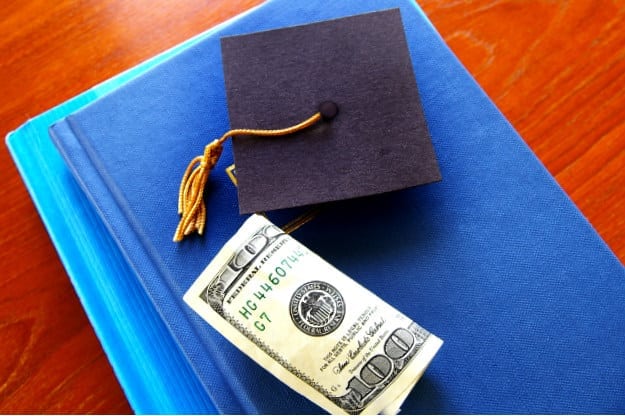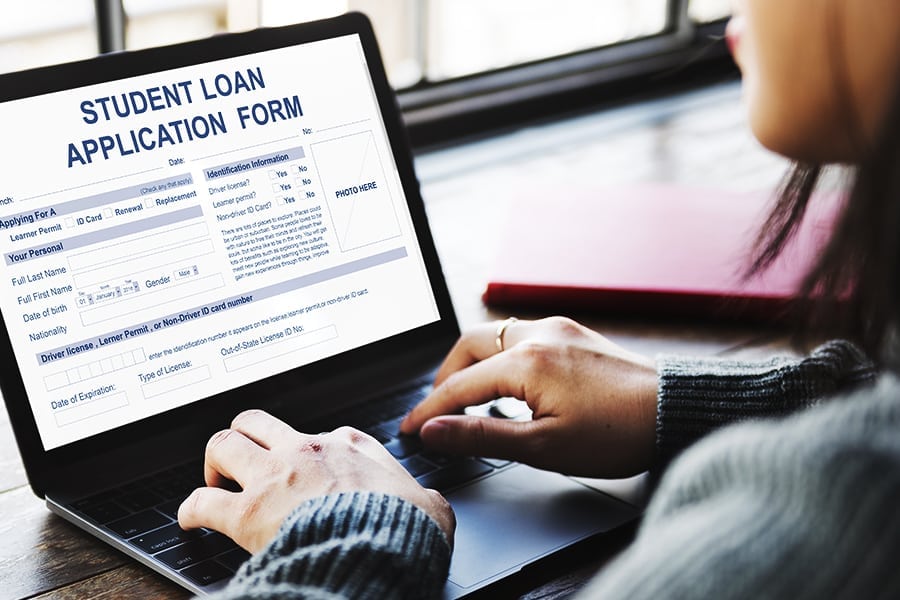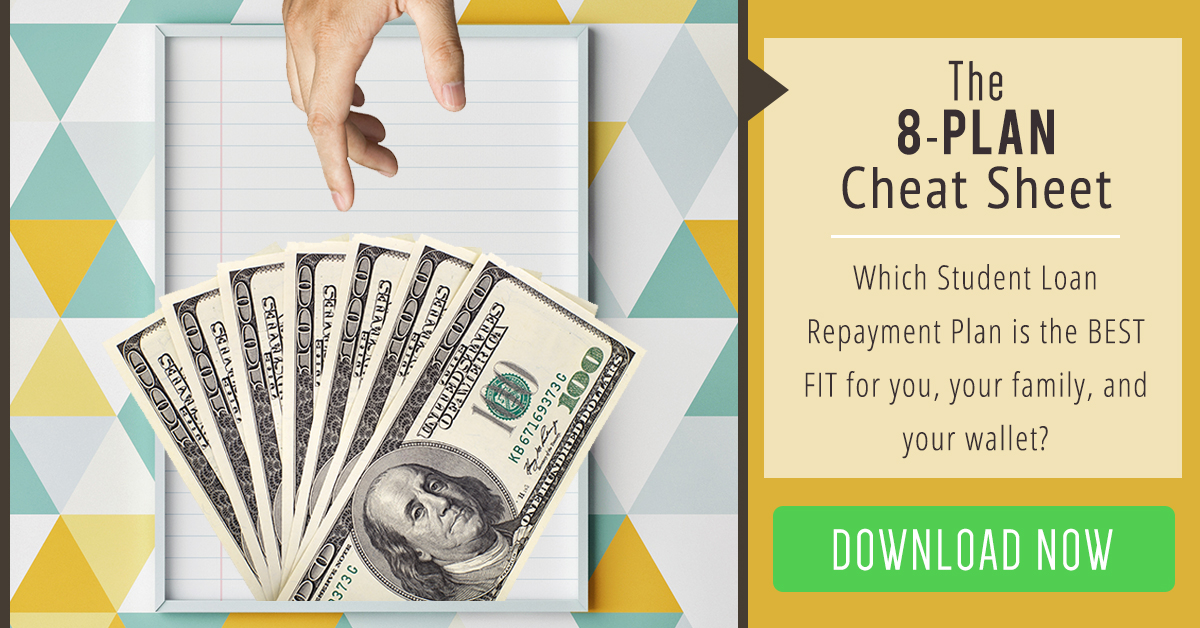Unsubsidized direct student loans are one of the options borrowers have to support their college education.
There are many types of loans available—both federal and private.
Although each type of loan has certain eligibility requirements, they also fulfill different needs.
Find out if Unsubsidized direct loans are for you.
Direct Student Loans: What You Should Know
Unsubsidized vs. Subsidized Direct Student Loans

Let us clarify matters first.
For Direct Loans you have subsidized and unsubsidized ones.
What makes one different from the other?
Subsidized direct student loans are open only to those who have financial need.
Application for this type of loan requires you to show that you are financially incapable of paying for your cost of attendance.
In short, subsidized direct loans have a more stringent process.
They are, however, still very helpful.
In contrast, anyone may avail of unsubsidized direct student loans.
This kind of loan does not require any proof of financial incapacity.
Unsubsidized direct student loans are the most popular form of federal loans.
They cater to everyone, but this is not an issue.
Everyone has equal chances of obtaining unsubsidized direct student loans.
Furthermore, the issue of interest varies between subsidized direct loans and unsubsidized ones.
For the former, the government pays the interest of the loan.
On the other hand, the borrower is required to pay the interest for unsubsidized direct student loans.
If the borrower chooses to wait until after graduation, the interest still accrues.
(Note: Different types of loans qualify for different types of repayment plans… And making sure that you’re in the correct repayment plan can mean better benefits, lower payments, and averaged out lower interest rates (which means an easier repayment for you!) Download this free cheat sheet to repayment plans to make sure you are taking advantage of the best one for you. Learn more here.)
How to Apply
Like most federal loans, the application for direct unsubsidized loans is through the FAFSA or Free Application for Federal Student Aid.
Request and fill out a form as accurately and honestly as you can.
The next step is a longer one which requires your research and presence.
After filling out the FAFSA, your school financial office determines how much you can borrow.
Thus, it is important to communicate with them constantly.
The interest of unsubsidized direct loans is also fixed at 4.45%.
Plus, it is better if you make sure that the school you apply to offers the financial assistance you need.
This is crucial even before applying for direct unsubsidized loans.
Eligibility

There are simple criteria for a borrower to qualify for direct unsubsidized loans:
- You must have at least a high school diploma
- Must be a U.S. Citizen
- Must be enrolled full-time or at least part-time in a qualified degree program or one leads to certification
- For unsubsidized direct loans, graduate and professional students (lawyers, doctors) are also eligible; in contrast, direct subsidized loans are open only to undergraduates
Meeting these eligibility requirements is key.
Do not dive into the process of applying for federal student loans if you do not meet these qualifications.
Save your time and energy for the waiting process and your actual education.
(Note: Different types of loans qualify for different types of repayment plans… And making sure that you’re in the correct repayment plan can mean better benefits, lower payments, and averaged out lower interest rates (which means an easier repayment for you!) Download this free cheat sheet to repayment plans to make sure you are taking advantage of the best one for you. Learn more here.)
Watch this video from Richardson Law Offices for more information on unsubsidized direct loans:
Unsubsidized direct student loans should be seen as a means for college education rather than as a burden to carry for life.
Yes, it is a loan that you will have to repay for a significant period of time.
But the help it offers is invaluable if it means giving you the education you deserve.
Once you are on the right path, your education shall lead you to a job which will free you from student loan debt.
What are your thoughts on direct unsubsidized loans? Let us know in the comments section below.
Up Next: How Much Do I Owe In Student Loans?


Leave a Reply